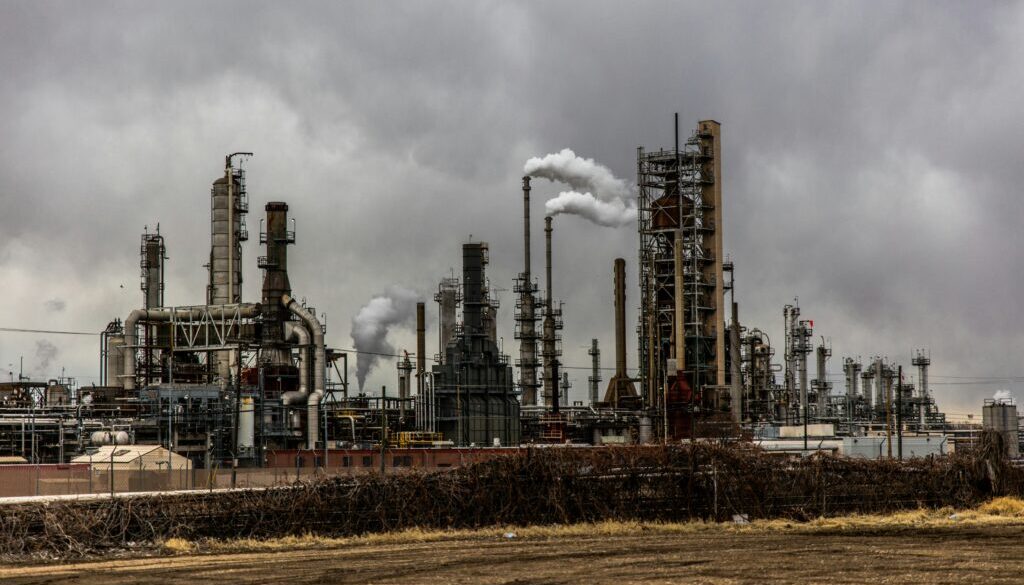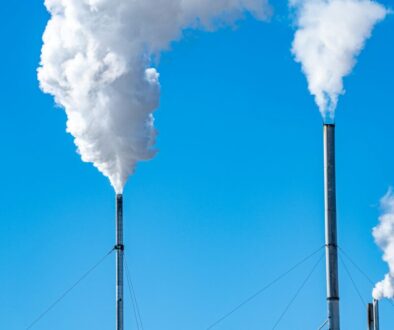$9 trillion in heat damages traced to 5 fossil fuel giants, study finds
By Dana Drugmand
Carbon dioxide and methane emissions from the world’s biggest fossil fuel producers have likely caused trillions of dollars in economic damages due to intensifying heatwaves over the last 30 years, according to new peer-reviewed research.
The top five emitters – Saudi Aramco (Saudi Arabia), Gazprom (Russia), Chevron (US), ExxonMobil (US), and BP (British), respectively – are responsible for about $9 trillion in heat-related damages, according to the study, published Wednesday in the journal Nature.
The analysis is the first to tie economic losses from extreme heat to emissions from individual fossil fuel companies, according to the study, and could bolster climate change-focused litigation against polluters.
“This work helps build the foundation for holding those who contributed most to climate harm accountable for its consequences,” said Delta Merner, lead scientist at the Union of Concerned Scientists’ Science Hub for Climate Litigation, who was not involved in this study.
The study calculates global economic losses due to extreme heat stemming from the emissions of over 100 of the largest fossil fuel and cement producers, known as the carbon majors, between 1991 and 2020, concluding that the global economy would be $28 trillion – roughly the annual total U.S. GDP – richer without the carbon majors’ greenhouse gas emissions.
The study estimates that global economic losses from intensifying heat attributable to each of these five carbon majors ranged from $1.45 trillion to over $2 trillion.
These figures are very likely conservative estimates, said Justin Mankin, an associate professor of geography at Dartmouth and a co-author of the study.
Furthermore, the analysis only examined one type of climate hazard – extreme heat – and therefore the figures reported do not capture the full scope of damages from the warming.
“When you consider additional climate impacts like flooding, sea-level rise, and wildfire, the total damages attributable to the fossil fuel industry could be far higher,” said Merner.
The American Petroleum Institute, the largest trade association for the US oil and gas industry, did not immediately respond to a request for comment. Chevron, ExxonMobil, and BP did not immediately respond to requests for comment.
The analysis demonstrates a framework for linking measurable climate change damages to particular emitters, which the authors say could inform climate liability initiatives such as lawsuits seeking to hold major oil and gas companies accountable for climate change harms.
“This framework can aid people in pursuing climate accountability at many scales,” said Mankin.
“Courts are increasingly asking not just if climate change caused harm, but who is responsible,” Merner said. “This paper can help to answer that. The methodology aligns with legal standards for causation and could strengthen the evidentiary base for ongoing and future litigation.”
The new study builds on existing work that examines the role of human-caused warming in supercharging extreme weather and how climate impacts like surface warming and sea level rise are linked to the emissions from particular sources. A study published last month in Environmental Research Letters, co-authored by Merner, looked at how emissions from the carbon majors may contribute to an unavoidable, long-term rise in sea levels. The framework developed in the Nature study takes such work a step further by translating changes in climate from emissions to monetary damages, said Mankin.
“The ability to trace emissions from specific fossil fuel companies to concrete economic damages from climate impacts marks an important jump forward for climate attribution science,” said Merner. “Science can quantify, with confidence, how emissions from companies like Chevron, ExxonMobil and BP have contributed to real world harms.”
(Featured image Patrick Hendry on Unsplash)
 EWG
EWG


